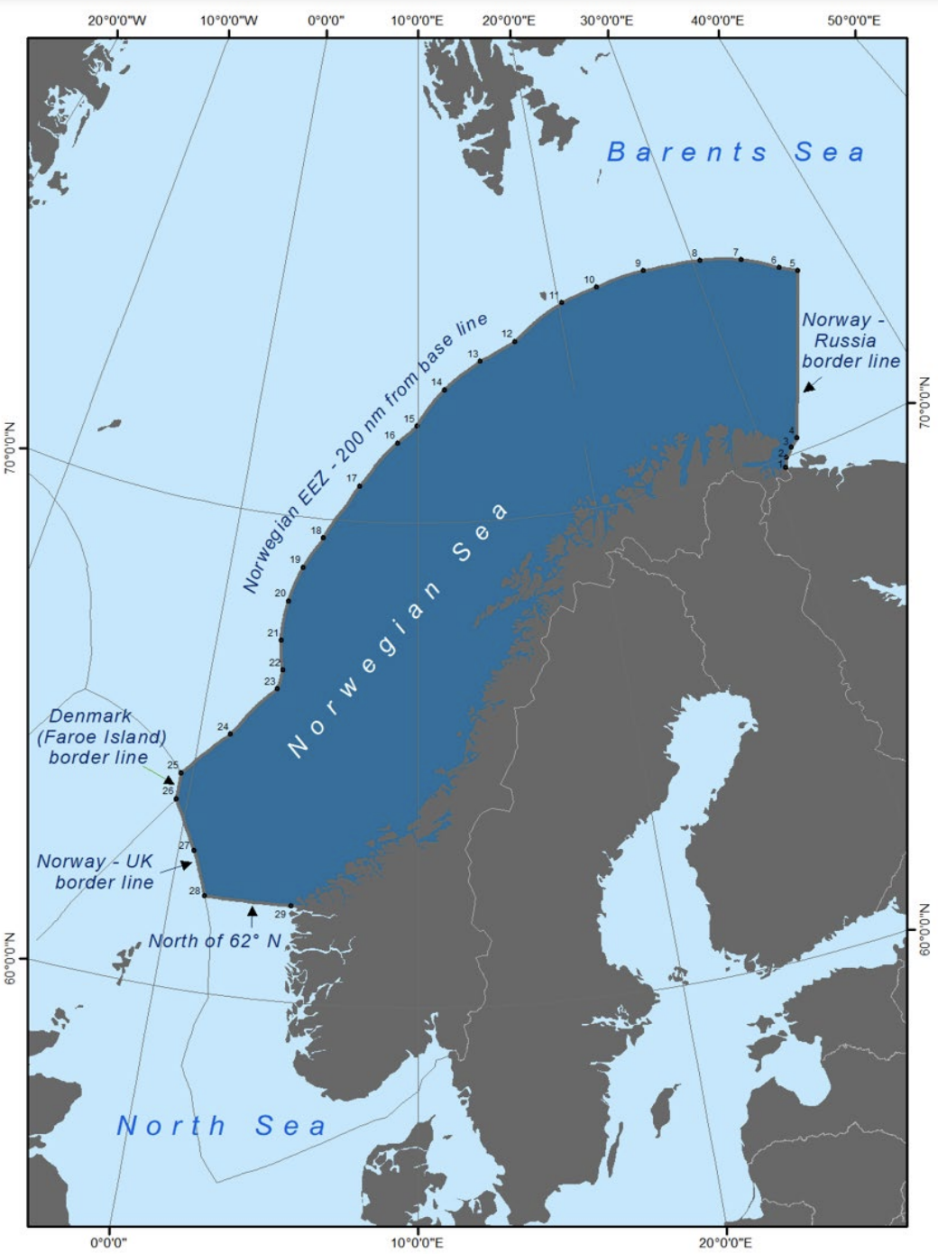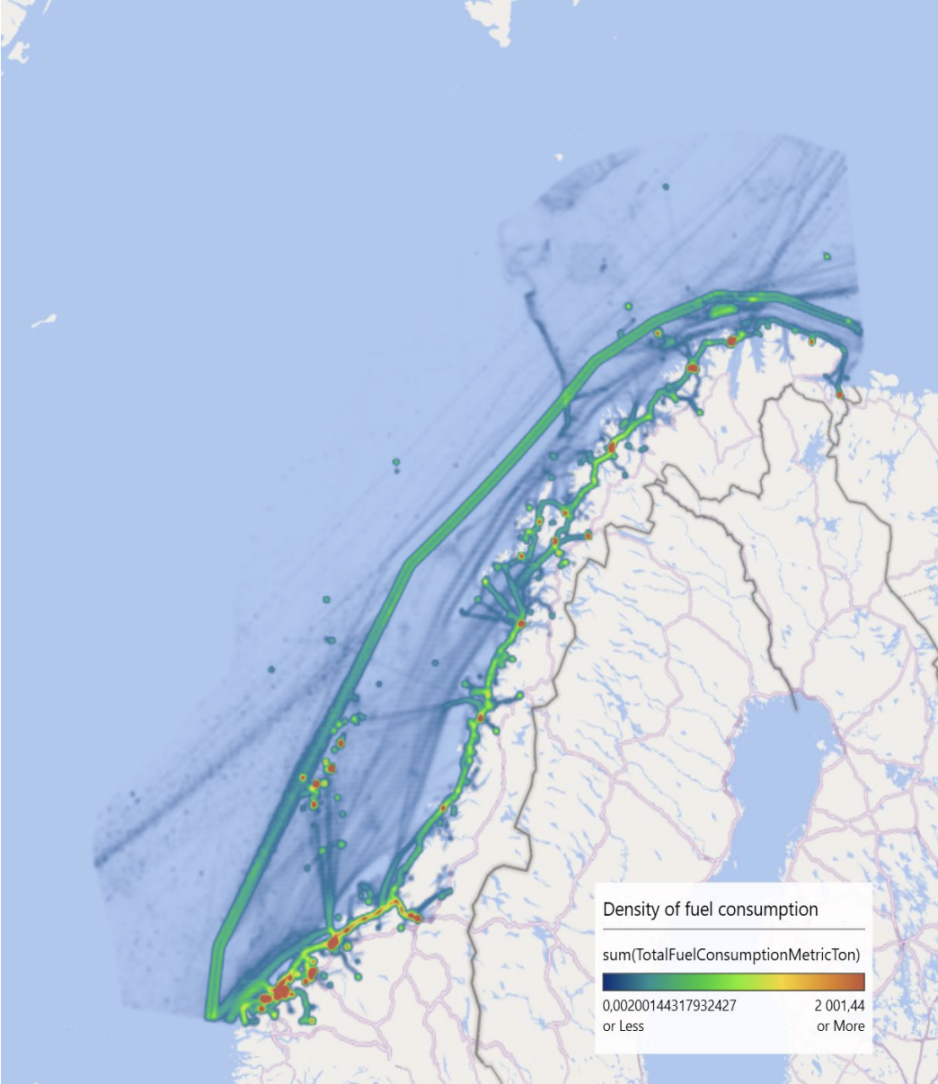IMO Approves Proposal for New Emission Control Areas in Norwegian and Canadian Arctic Waters

International Maritime Organization (IMO) Headquarters in London. (Source: IMO)
In a significant step to protect Arctic and sub-Arctic waters from harmful emissions the International Maritime Organization moved forward with two new Emission Control Areas. The measures could enter into effect as early as March 2026.
Following submissions by Norway and Canada the Marine Environmental Protection Committee (MEPC) of the International Maritime Organization (IMO) has approved proposals for two new emission control areas (ECA) in the countries’ Arctic waters.
The new regulation will likely be adopted during the committee’s next meeting in October 2024 and could enter into force by March 2026.
The goal of the ECA is a reduction of harmful pollutants, including sulfur oxides (SOx), particulate matter, and nitrogen oxides (NOx) emitted by shipping vessels.
The new policy would limit the sulfur content of fuel burned in ship’s engines to 0.1 percent, down from 0.5 percent currently.
The proposed Norwegian ECA comprises the waters of Norway’s Exclusive Economic Zone to the north of 62 degrees reaching all around the country’s coastline to the maritime border with Russia in the Barents Sea.

Map showing the proposed Norwegian emission control areas (ECA) above 62 degrees north. (Source: IMO)
On the other side of the Arctic Ocean, the Canadian ECA includes large parts of the country’s Polar waters from the 37th meridian in the Beaufort Sea to the border with an existing North American control area in the east.
Busy Norwegian shipping corridors
In Norway waters south of 62 degrees North are already part of an ECA. Thus this new proposed area would extend the environmental and health benefits to Northern Norway.
During the baseline year 2019 the proposed Norwegian ECA saw 3,450 unique vessels, primarily general cargo, passenger ships and fishing vessels. Growing traffic in the form of LNG carriers from Arctic Russia also contributes to rising traffic and emissions in the area.
Vessels primarily follow two corridors in Norwegian waters. A coastal route within 12 nautical miles from shore is primarily used by smaller vessels, including passenger traffic.
A second channel further offshore, part of Norway’s Traffic Separation Scheme, sees larger vessels including liquefied natural gas (LNG) carriers and oil tankers.

Map showing the two main shipping corridors in Norway’s northern waters. (Source: IMO)
It is especially emissions from the coastal traffic which affects natural and populated areas on shore. In the proposal Norway points out that a number of cities and urban areas in the proposed ECA struggle to meet air quality criteria for particulate matter and NOx.
A reduction in emissions from ships will thus contribute to improved local air quality. In parts of the ECA area NOx and SOx from ships contribute up to 20-25 percent of total pollution.
The greatest health impact will occur in areas where ship emissions occur close to densely populated areas, such as ports and adjacent city centers.
More work remains
The MEPC’s decision to support the creation of the two new ECAs has been welcomed by environment advocates.
“The creation of these two new Emission Control Areas will set an important precedent for protection of our climate and our ocean, and particularly the Arctic”, said Dr Sian Prior, Lead Advisor to the Clean Arctic Alliance, an advocacy group.
Broad positive change on reducing shipping climate pollutants
However, more work remains to be done, the Clean Arctic Alliance emphasizes, especially as it relates to other parts of the Arctic Ocean and to emissions from heavy fuel oil (HFO), such as black carbon.
“We hope that the designation of ECAs in Canadian Arctic Waters and the Norwegian Sea will drive broad positive change on reducing shipping climate pollutants, especially if the shipping sector complies with the designation by switching to low-sulfur distillate fuels or other cleaner non-fossil fuels,” Prior continued.
The new ECA will drive a substantial reduction in emissions the IMO documents indicate.
“The Norwegian Sea ECA will reduce impacts on human health and contribute to reduced deposition of nitrogen and sulfur along the Norwegian coast, including a 58 percent reduction in particulate matter, such as black carbon, by 2030 compared with 2020,” Prior confirmed.
The advocacy group hopes that additional pollutants, such as black carbon, will be included in the ECA in the future.
“Frustratingly discussion of other air pollution including measures to control emissions of black carbon impacting the Arctic were kicked down the road to MEPC 82 [in October 2024], although it was noted that a co-benefit of the ECA approvals would be to reduce black carbon emissions in these areas,” Prior concluded.


